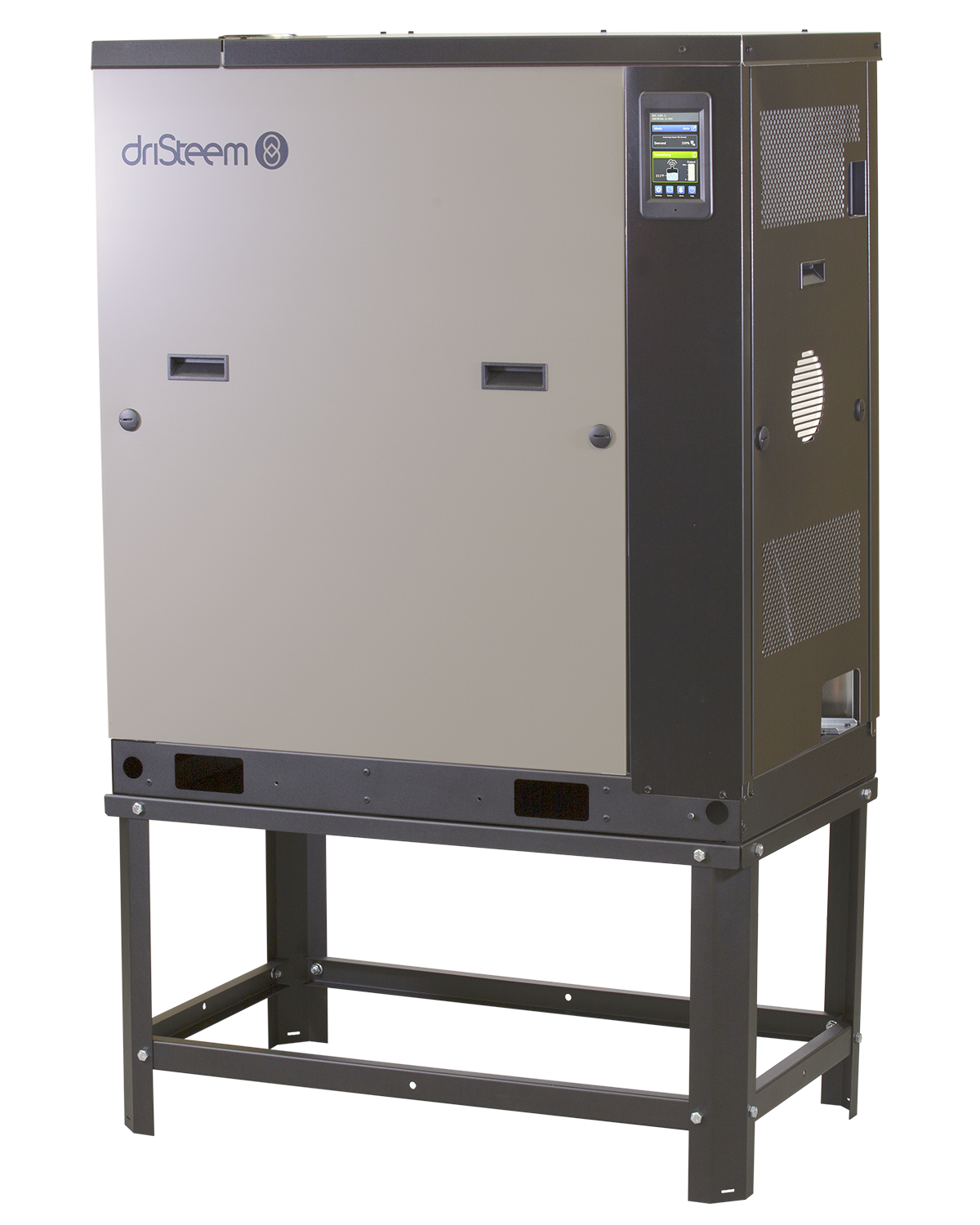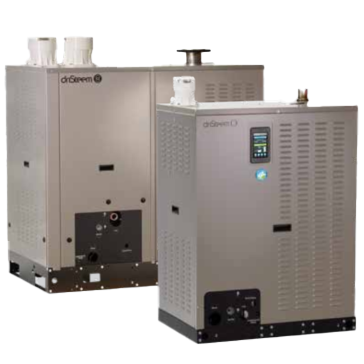Healthcare
Humidification Improves Indoor Air Quality

Download our free Buyer’s Guide to discover how low or fluctuating humidity can compromise healthcare environments, and what you can do about it.
Ensure a safe, efficient, and comfortable healthcare facility with DriSteem humidification systems – purpose-built for hospitals, outpatient clinics, surgical suites, and assisted living environments. Our solutions deliver precise RH control to enhance infection prevention, protect sensitive equipment, and improve patient experience across healthcare settings.
Why Humidity Control Matters in Healthcare
Humidity isn’t just about comfort, it’s a critical element in healthcare operations:
- Minimizes microbial risks: Dry air fosters bacteria, viruses, fungi, and mites. Maintaining RH between 40–60% curbs airborne pathogens and surface contaminants.
- Reduces respiratory issues: Proper humidity lessens allergies, asthma flare-ups, and respiratory infections in patients and staff.
- Enhances patient comfort: Humidified spaces feel warmer and more inviting, particularly in cold climates or when heating systems dry out the air.
- Safeguards equipment and supplies: Stable humidity protects medical instruments, electronics, and pharmaceuticals from moisture-related damage.
Products Designed for Healthcare
Resistive Electric Humidifier – RTS® humidifier RX series
- The RTS® humidifier provides precise, responsive humidification ideal for healthcare environments where patient comfort and infection control depend on stable RH.
- Steam capacities range from 5 to 324 lb/hr, making RTS a versatile choice for small outpatient clinics to large hospitals.
- Resistive-element technology delivers accurate steam output regardless of water quality, supporting reliable performance in critical spaces such as surgical suites.
- Compact, space-saving design allows for easy integration into existing mechanical rooms, with wall-mount and floor-standing configurations available.
- Low maintenance operation with simple access for service reduces downtime and helps facilities maintain continuous, dependable humidification.

Gas-to-Steam Humidifier – GTS® humidifier LX series
- The GTS humidifier offers energy-efficient, low-NOx humidification for healthcare environments.
- Steam capacities: 50 to 600 lb/hr, flexible for facilities of various sizes.
- Condensing design: >90% efficiency and PVC-compatible venting simplify installation and reduce cost.
- Smart Drain Technology: Adjusts maintenance frequency based on water conductivity, optimizing maintenance effort and water usage.
- Compact footprint: Wall-mountable and space-saving to suit crowded mechanical rooms, plus optional climate-controlled outdoor enclosure.

Key Benefits for Healthcare Facilities
- Infection Control Enhancement: Precise humidity control curbs microbial survival and transmission, an essential line of defense in healthcare settings.
- Resident & Patient Comfort: Comfortable humidity levels reduce dryness-related symptoms such as sore throats, dry skin, and irritated airways.
- Preservation of Medical Assets: Ideal RH conditions preserve pharmaceuticals, sensitive equipment, and instruments, minimizing failures and spoilage.
- Efficiency and Cost Savings: Both GTS® and RTS® humidifiers are engineered for efficiency, reducing operating costs while delivering reliable performance. These solutions help healthcare facilities control costs through lower utility consumption, reduced maintenance needs, and long service life.
- Low-Maintenance Performance: Designed with ease of operation in mind, both GTS® and RTS® humidifiers minimize service demands and downtime. Together, they deliver dependable humidification with less frequent maintenance, helping healthcare staff focus on patient care instead of equipment upkeep.
Key Benefits by Application
- Hospitals and Surgical Suites: Prevent infections, protect surgical instruments, and maintain clean, safe conditions.
- Outpatient Clinics: Support allergy control, patient comfort, and sensitive equipment in high-use spaces.
- Assisted Living and Continuing Care: Protect vulnerable residents from dryness-related health issues while optimizing operational costs.
Ready to Take Control of Humidity?
Partner with DriSteem to engineer a humidity solution that meets your facility’s technical requirements, energy targets, and compliance standards. Contact your local DriSteem humidity control expert to learn more about humidity control for electronic manufacturing facilities.
Connect with a humidity control expert
Already using humidity control to protect healthcare facilities?
For optimal performance and maximum efficiency, existing humidification systems should be inspected to determine if any replacement parts are required, if additional maintenance is necessary, and whether a software update is available. Contact your local DriSteem representative to learn more.
